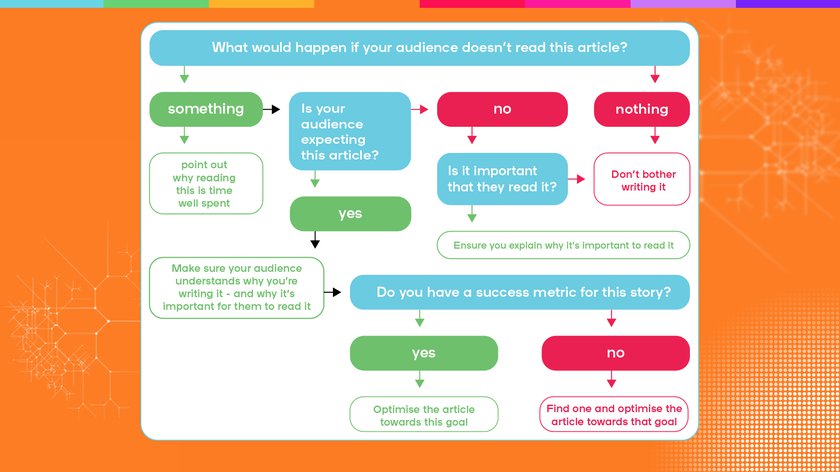If you can use images, videos or infographics, do
The reading experience on devices is different. There’s no doubt about it. With newspapers, the eye could take in a double spread and see the formatting: a column here, a featured image there. Columns might be different sizes. There was a lot of visual interest. Now, with most of us consuming news on our mobile phones or tablets, things have changed. Mobile screens, for one thing, are much, much smaller. With fewer words on screen, care needs to be taken to vary the scroll experience.
Visual interest should not be underestimated. Photos matter. Pull quotes matter. Videos add more, too. Not all articles should include multimedia, but if it’s appropriate, do.
Our labs team looked at articles that scored highest (1000) for engagement CPI published between June 1 and July 31, 2023 and found that 20% of these articles included a video.
With any images, infographics or non-text-based content consider this checklist:
- Make sure the picture supports the main message of the paragraph above it
- Use a nice design for graphs
- Make sure the graphs are super easy to interpret
Here are five inspirational examples of innovative engaging longform stories.
Think critically about your format of choice
Writing in the 2024 Nieman Lab predictions, Sumi Aggarwal makes the valid point that long form articles are only ever going to reach a certain demographic - and that demographic skews older, whiter and more affluent. This - and let’s be clear here - can be absolutely fine, but it’s also worth pausing to consider if other formats and approaches might communicate the message more effectively.
“But if we want to reach impacted communities — as many news outlets say they do — we must think beyond that traditional website reader. In fact, we have to accept that our “readers” might not be readers at all. We have to innovate and find ways to deliver investigative reporting and findings in ways that will be meaningful to our audiences and help create new relationships with news consumers and newsrooms.”- Sumi Aggarwal
Her suggestions for distribution include serialising content over social, utilising billboards and, interestingly, “partnering with influencers to share findings”. This last one, recognising the fact that figures of trust frequently lie outside the sphere of the newsroom, is a suggestion worth pausing over. If the story warrants 5000 words, should there be commensurate effort made in ensuring it reaches the widest possible audience - many of whom might not sit in traditional areas?
Check out more format tips here, and even subscribe to get your own set of format cards - a super useful resource.




